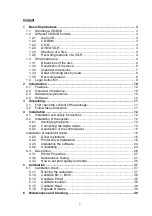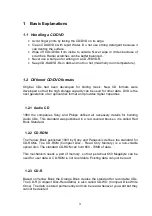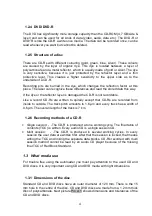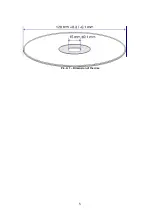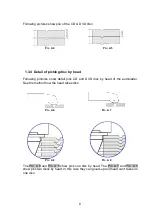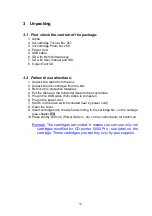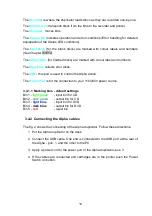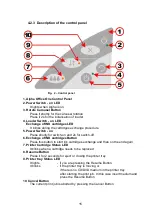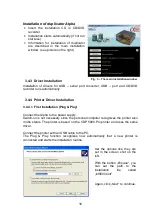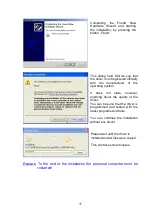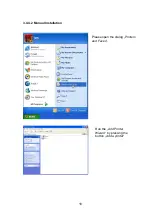
3
1
Basic Explanations
1.1 Handling a CD/DVD
•
Avoid finger prints by taking the CD/DVD on its edge.
•
Clean CDs/DVDs with tepid Water. Do not use strong detergent because it
can destroy the surface.
•
Wipe off CDs/DVDs from inside to outside. Never wipe in circles because of
scratches. Radial scratches can be better balanced.
•
Never use a ball pen for writing on a CD-R/DVD-R.
•
Keep CD-Rs/DVD-Rs in dark and not too hot (maximally room temperature).
1.2 Different CD/DVD formats
Original CDs had been developed for storing music. New CD formats were
developed so that the high storage capacity can be used for other data. DVD is the
next generation of an optical disc format and provides higher capacities.
1.2.1 Audio CD
1980 the companies Sony and Philips defined all necessary details for building
Audio CDs. This standard was published in a red covered book so it is called Red
Book Standard.
1.2.2 CD-ROM
The Yellow Book published 1983 by Sony and Panasonic defines the standard for
CD-ROMs. The CD-ROM (Compact Disc - Read Only Memory) is a non-volatile
optical disc. The standard CD-ROM can hold 650 - 70MB of data.
This mechanism needs a part of memory, so that just about 650 Megabyte can be
used for user data. A CD-ROM is not recordable. Existing data can just be read.
1.2.3 CD-R
Based on Yellow Book the Orange Book creates the standard for recordable CDs.
The CD-R (Compact Disc-Recordable) is also called CD-WO (Compact Disc-Write
Once). The data is stored permanently and can be read whenever you want but they
cannot be deleted.


